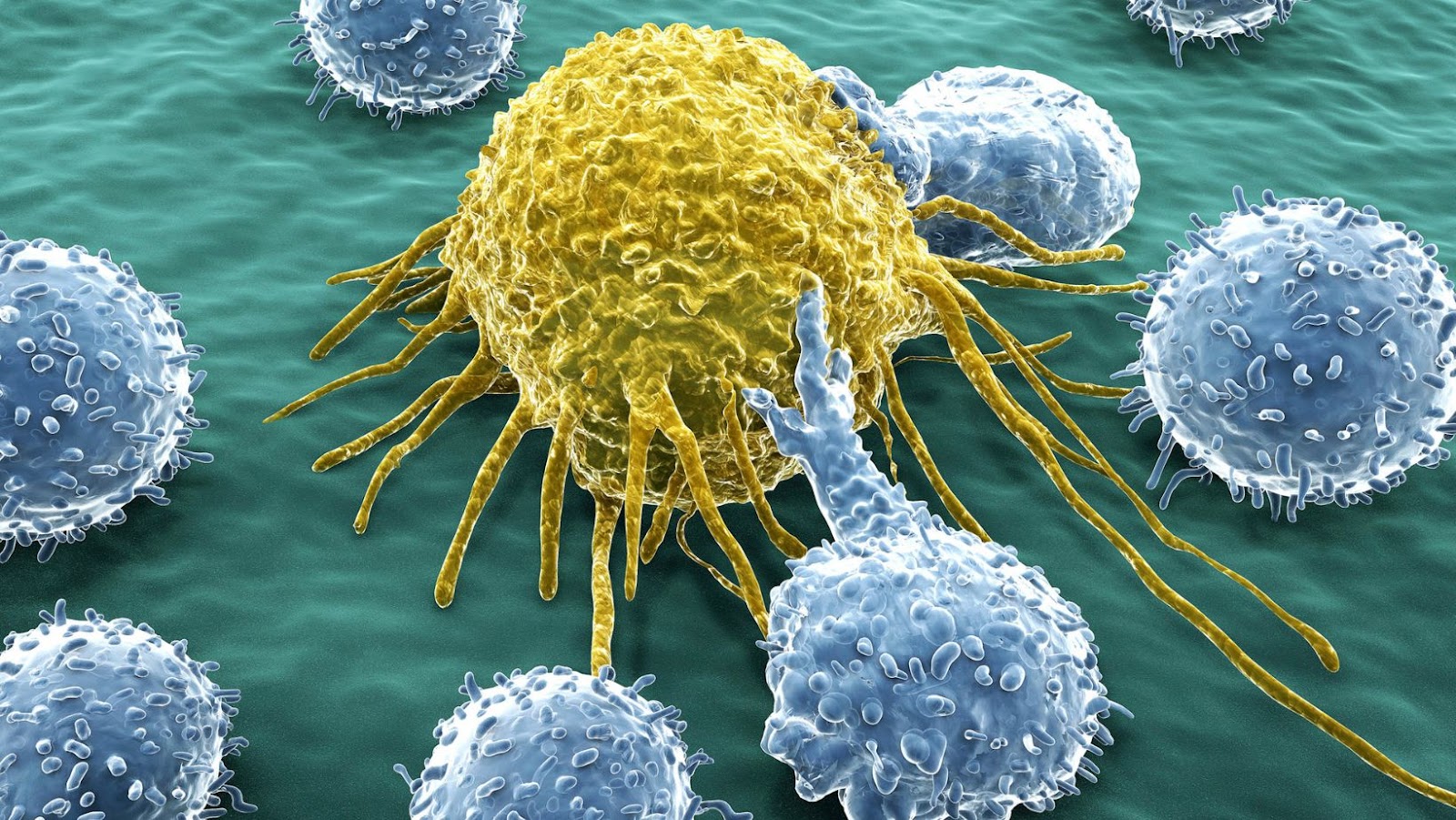In the journey of life, it’s the choices we make that define our health. Among these, some seemingly harmless lifestyle habits can stealthily pave the way to serious diseases, like cancer. This article aims to shed light on those everyday choices, often overlooked, that could potentially lead to this life-altering condition.
We’ll examine the link between our daily habits and the risk of developing cancer. From the food on our plates to the air we breathe, every aspect plays a significant role. Unraveling these connections can empower us to make healthier choices, reducing our cancer risk.
Stay with us as we delve into the topic, offering insights backed by scientific research, and practical tips to help you lead a healthier, cancer-resistant lifestyle.
Lifestyle Choices that Cause Cancer
Comprehending the bond between cancer onset and lifestyle decisions demands a thoughtful analysis of the existent scientific discoveries. Unraveling the truth of disease spread relates directly to ordinary choices like food, physical activities, alcohol consumption, tobacco use, and exposure to harmful chemicals.
The Role of Lifestyle Factors in Cancer Development
Lifestyle factors significantly influence the probability of cancer development. For example, dietary patterns, especially excessive intake of processed and fried foods high in fats and sugars, increase the risk. Similarly, alcohol and tobacco stand as prominent factors, with numerous research demonstrating their palpable ties to lung, mouth, throat, esophagus, and liver cancers. Physical inactivity also poses considerable risks, often leading to obesity, a prime risk factor for many types of cancer — colon, breast postmenopause, endometrial, kidney, and esophageal. Even environmental factors, such as exposure to carcinogenic substances like asbestos, can lead to lung cancer and mesothelioma.
Debunking Myths About Lifestyle and Cancer
Amidst the plentiful, proven lifestyle-cancer connections exist numerous myths. One prevalent fiction claims that deodorants and antiperspirants cause breast cancer, though scientific consensus holds no such link. Another misbelief views biological traits as absolute cancer determinants, overshadowing lifestyle factors. But, heredity’s contribution to overall cancer risk remains marginal compared to modifiable lifestyle aspects. On the diet front, assertions that superfoods alone curtail cancer are exaggerated. While nutritiously-rich foods enhance overall health, stratified changes in lifestyle incorporate far-reaching preventative outcomes. Most importantly, the myth that nothing can prevent cancer engenders a fatalistic outlook. In truth, multiple manageable lifestyle choices significantly reduce cancer risks.
 The Role of Sun Exposure and Tanning in Skin Cancer
The Role of Sun Exposure and Tanning in Skin Cancer
Sun exposure and tanning constitute critical elements in the travesty of skin cancer. Let’s delve deeper into the effects of sun exposure and the hidden dangers lurking in tanning beds.
The Hidden Dangers of Tanning Beds
Going for that golden glow by lying in a tanning bed could have severe repercussions. Matching the sun’s ability to do harm, tanning beds, too, emit harmful UV radiation. The International Agency for Research on Cancer reports that people who use tanning beds before the age of 35 increase their risk of melanoma by 75%.
Surprising to many, tanning beds not only increase the chances of developing melanoma but they also contribute to ocular melanoma. Eye damage, including cataracts and eye melanoma, can occur without proper eye protection during indoor tanning.
The hazards of tanning beds don’t stop at skin and eye damage. Users report weakened immune systems, premature skin aging, and changes in skin texture. Overall, these factors paint a grim picture for tanners, urging caution and restraint when seeking that summer bronze.
 Closing Remark
Closing Remark
It’s clear that lifestyle choices play a pivotal role in cancer risks. Whether it’s diet, physical activity, alcohol and tobacco use, or sun exposure, our daily habits significantly impact our health. The good news is that by making conscious, healthier choices, we can help reduce these risks. Opting for a diet rich in fruits, vegetables, lean proteins, and whole grains can lower the risk of various cancers. Regular exercise is also crucial, with a recommended 150 minutes of moderate to vigorous activity each week. Sobriety too has its place in cancer prevention, as even moderate alcohol consumption can increase cancer risks. And let’s not forget the importance of sun safety and being aware of occupational hazards. By taking these steps, we can play a proactive role in our health and significantly reduce our cancer risks. The power to prevent cancer lies largely in our hands. So let’s make those lifestyle changes today for a healthier tomorrow.